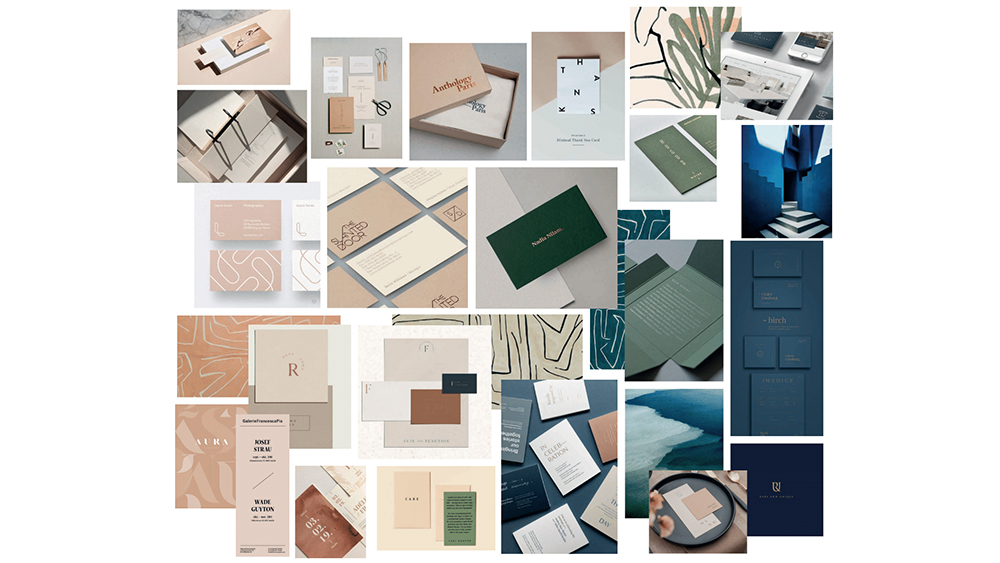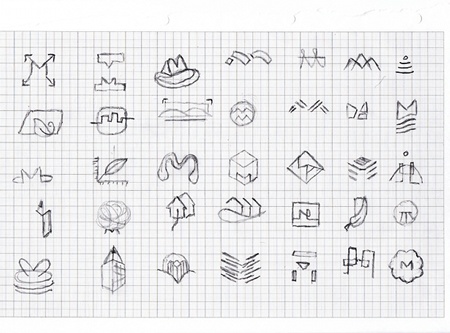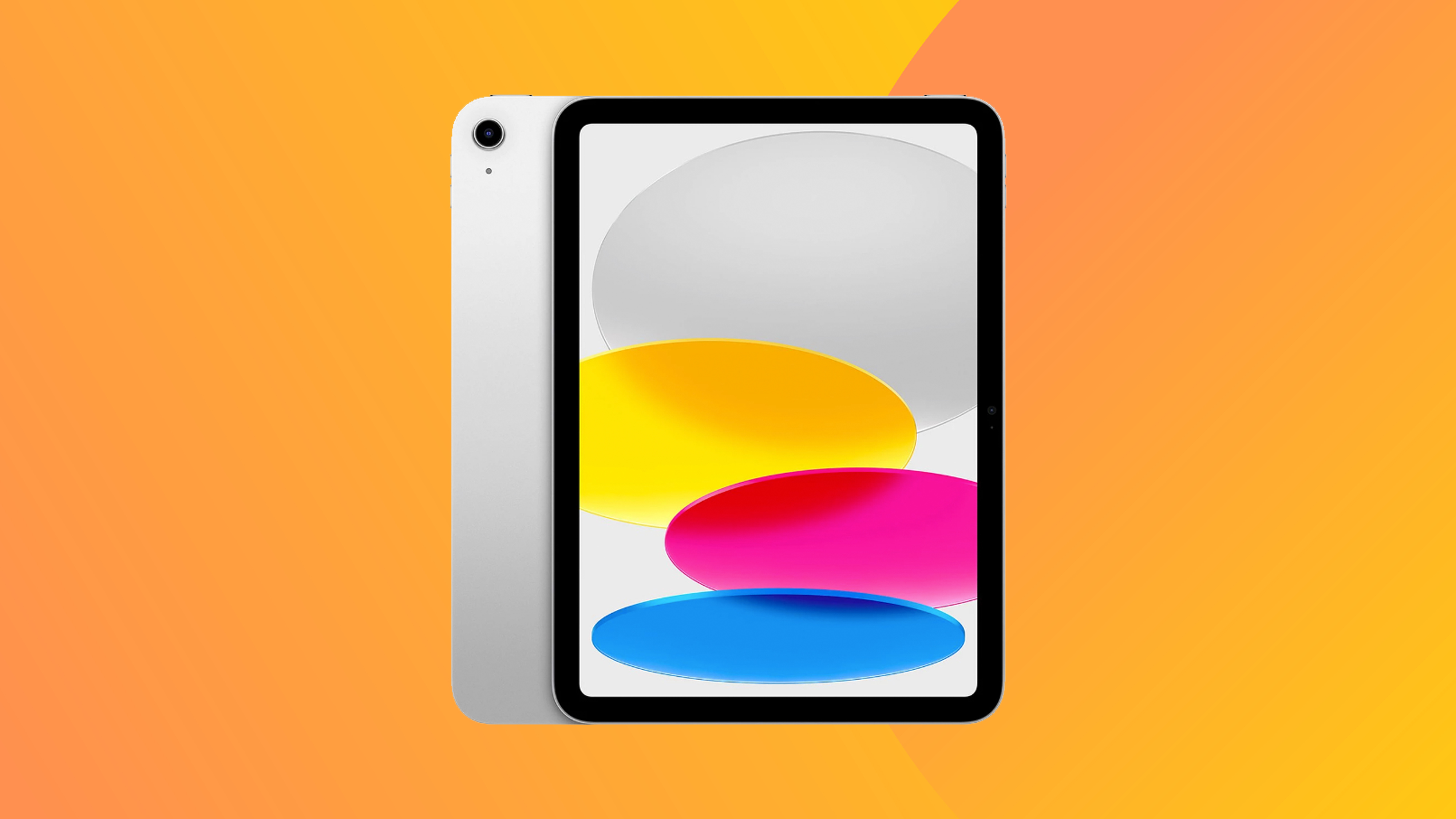9 exercises to do before you start designing a logo
Sometimes an idea for a great logo design can come like lightning out of the blue the moment you get the brief. But hold fire! The wrong design can be a hugely expensive mistake for a brand. Most designers recommend going through a series of carefully considered steps for logo design success.
Below, I've rounded up 9 recommendations for things to do before you design a logo – or rather, before you create the final mark because I'd argue that these are all part of the design process proper. They might help you if you have creative block, but they're important steps even if you already have an idea for the direction of your identity.
For more advice, see our pro tips on how to design a logo, and check our our pick of the best logos for inspiration. You'll probably want to make sure you have the best graphic design software. In the meantime, here are the exercises you should do before you start designing a logo.
01. Tell the client your plan
One of the most difficult parts of logo design can be managing the relationship with the client. Getting this right from the start will help you win the job but also improve the likelihood that the client will be receptive to your initial proposals. Give them a clear idea of what to expect from you. What's your process? How long will it take? How will you deliver the logo? Will you include a style manual and any applications like business cards or letterheads?
The client may already have their own deadline. You need to be honest about whether that's feasible. Also clarify how frequently you'll be reporting and what the dates will be for any project milestones, from initial moodboards to first proposals and feedback. You'll also want to know who the internal decision-makers are and how many proposals they expect to see.
02. Set a budget
It's important to be sure that both you and your client know how much the logo design will cost, or at least how the cost of the logo will be calculated Some designers charge an hourly rate, but this can be problematic. Should you really charge less for being fast?
A better option can be to opt for value-based pricing, where you charge based on the value your logo gives to the client. This takes a bit of work because it means the cost will vary depending on who the client is. You may need to make an educated guess at how much the company is worth and what resources they have available.
Daily design news, reviews, how-tos and more, as picked by the editors.
You need to consider things like how the logo will be used, how much extra revenue it could generate for the brand, and what would be the financial risk for them if the design is not successful. One of the reasons big multinational companies spent so much on their logo designs is this risk involved. If they get it wrong, replacing all the applications would cost a huge amount.
Don't be afraid to ask your client what their budget is: try to show that you understand business concepts and concerns and that you'll work to stretch their money. Also decide whether to charge a rush fee if the client needs a logo quickly (although do try to persuade them to allow more time) and set any conditions for revisions and charges for extra rounds.
03. Make sure the brief is clear
A logo design project should begin with a creative brief to avoid any ambiguity about what the client needs and expects. The problem in my experience is that a lot of companies aren't great at writing them and tend to miss out vital details that only become apparent later in feedback.
It can be help to write the brief together with the client. At least make sure you ask any questions that their brief doesn't answer. Is it a new brand or are you being commissioned for a rebrand? Do they want a completely new logo or refresh of an existing design? Are there any restrictions or existing elements that must be included, for example the company name, strapline or colour palette?
If it's a rebrand, what do they like and dislike about the current logo? Why do they want to change it? What do they want the new logo to achieve? How do they want people to feel when they see it, and how will success be measured? You also need to know how versatile the design needs to be: what are the intended use cases?
Also take advantage to learn about the personal preferences of the person who will be making the decisions. What logos do they admire? What do they think of competitors' identities?
04. Learn about the brand
It's not enough to know what the brand does. Really getting inside the brand and its product or service will help you to better understand what sets it apart and how it should be seen by customers.
Ask for the mission statement and a 60-second summary, but go much deeper than that. Ask about their values and their history. What's the goal?, how did it begin? where does the company want to be in five years? What’s the story behind the name?
If it's an existing brand, look at how the current branding is applied across all touchpoints. How does it make you see the brand? Ask other people what it makes them feel too. You might have a standardised questionnaire that you use for all clients, but even if you use that, I'd suggest going through in person because the client might not know how to answer some questions or might not give them enough thought. Doing it in person also allows you to make follow-up questions when needed.
If it's a new brand still at the conception stage, find out as much as you can. If they're at a very early stage, they might not be ready for a logo.
05. Learn about the customer
Ask your client who their ideal customer is. It's impossible to create a brand that will appeal to everyone, so want to think about the customer the business is most interested in. A lot of people who see your designs won't think of it as a design. They'll make instant connections to things they know and like (or dislike), so you need to try to get inside their heads.
Creating a customer persona can help, and if the budget covers it, you might want to do your own research into the target audience.
05. Find out about competitors
You don't want to design the perfect logo for your client only to discover that it looks too similar a competitor's identity. Ask your client who their main competitors are, but don't assume they will know: do you own research too. Check industry reports, search results and social media, and use keyword tools to find companies with similar products or services.
Go to their websites and social media accounts, even their physical locations, and take images of their branding to put together on a page. Expand the search to the national or even international level.
Taking photos or screenshots and organising them will help you identify any industry trends and norms. What colours and typefaces do you see? what's the look and feel of the brands and what makes them similar or different from those of your client. Which logos work and which don't? You're likely to want to do something different to set the client apart, but there may also be certain customer expectations of the sector that it would be wise to respect.
06. Make a word web
You've already asked the client to describe the brand. Before you start designing a logo, it can help to check you've built up the right picture by defining the brand in words.
A word web is a good exercise to do this. Think about your client’s and its customers' values and write down words you associate with that. When you're done, choose two to four words that you think are closest to the message the client wants to communicate and make a web for each of them. Include objects, colours, shapes, tone of voice – anything that you would associate with each word. This will help you define the purpose and tone of your design: the message it needs to convey and the feeling it should evoke.
07. Create a moodboard for inspiration

Time to gather visual inspiration. A moodboard is where you compile images, colours, fonts, and any other design elements that you associate with the brand defined in the previous exercises. Don't forget to consider inspiration beyond the world of branding: consider art, nature and architecture and other subjects too.
If you’re drawn to several design directions, create separate moodboards for each and include short descriptions outlining how each board’s visual choices express the brand's values and attributes. This can be a great tool to share with the client to get their feedback on a creative direction.
You could create it in Illustrator or Adobe Firefly Board or even just create a private board on Pinterest to round up visual inspiration for the brand. Then schedule a meeting with the client to get feedback. Just make sure they understand what a moodboard is and that this isn't your proposal for the branding.
08. Make initial sketches

When you're ready to put pen to paper, don't expect to immediately come up with the final design, or you might end up spending hours staring at a blank page! It's time to channel all that prior brainstorming and see what flows.
I know designers who aim to quickly turn out 20 to 30 small rough sketches or ideas – around the size of a postage stamp. Many still swear by working on paper since this removes the ability to go back and correct things. On a computer, it's easy to be tempted to start fixing and perfecting details in bad ideas (and easier to make bad ideas look presentable).
Working at a relatively small size helps you focus on the overall shape – and a logo needs to be able to work at this size. It's a good idea to work in black and white for now, bot for speed but also to avoid being distracted by how colour impacts perception of the design – that can be factored in later
Once you have at least a page of rough sketches, evaluate them, make connections between then and consider which ones you like and why. Pick the most promising to develop further with more variations. If nothing works, start over. Once you've iterated and narrowed down ideas, you can start to combine them with letterforms and to add colour.
09. Take a break
Whether you're stuck for ideas or have too many of them, it's always a good idea to take a moment away away from the project and then return to it with fresher eyes. Go for a walk or watch a movie.
When you go back to your sketches, you might find you see them in a very different way, and letting your mind leave the project might cause you to get inspired by seeing something completely different. And if inspiration isn't coming, keep sketching ideas – remember that you're being paid to doodle!
Ready to start work? If you need to update your studio or home office setup, see our guides to the best laptops for graphic design and the best monitors for graphic artists.

Joe is a regular freelance journalist and editor at Creative Bloq. He writes news, features and buying guides and keeps track of the best equipment and software for creatives, from video editing programs to monitors and accessories. A veteran news writer and photographer, he now works as a project manager at the London and Buenos Aires-based design, production and branding agency Hermana Creatives. There he manages a team of designers, photographers and video editors who specialise in producing visual content and design assets for the hospitality sector. He also dances Argentine tango.
You must confirm your public display name before commenting
Please logout and then login again, you will then be prompted to enter your display name.
